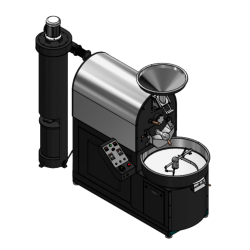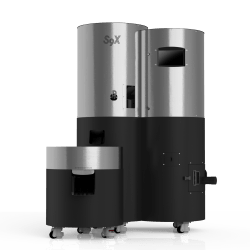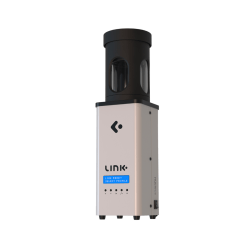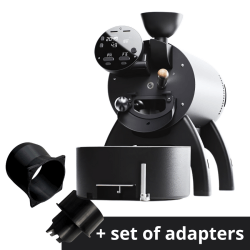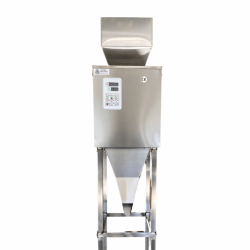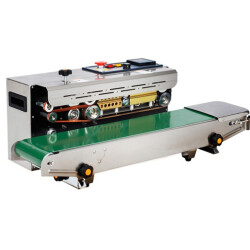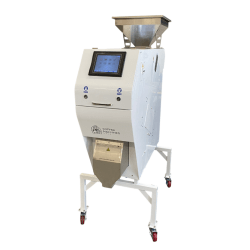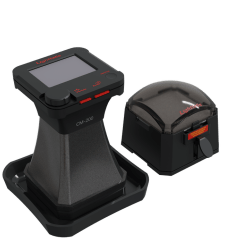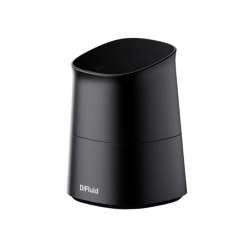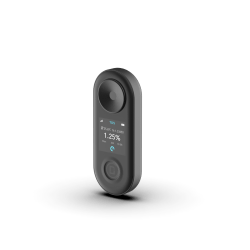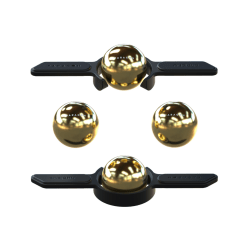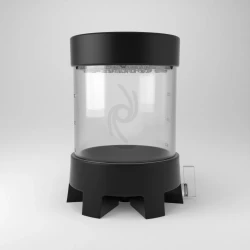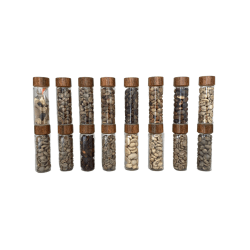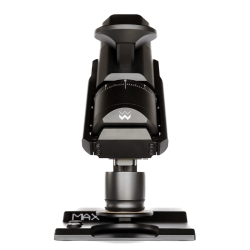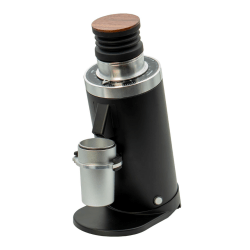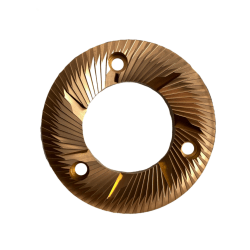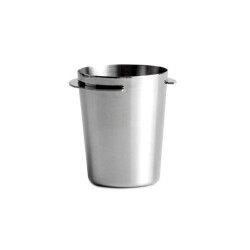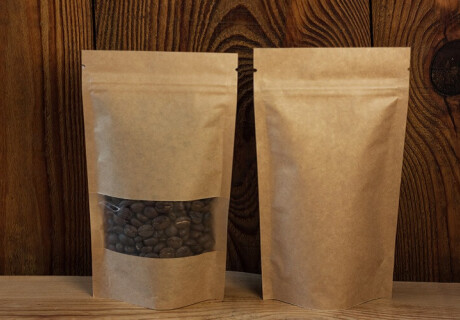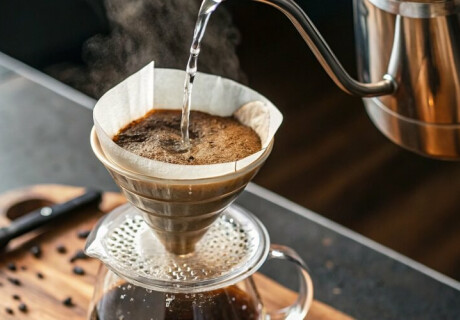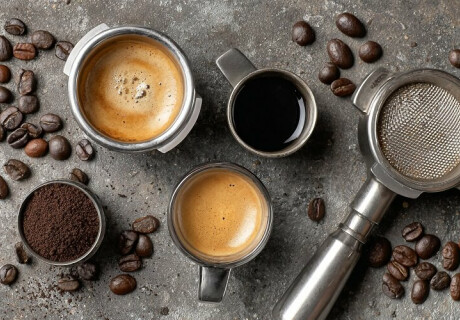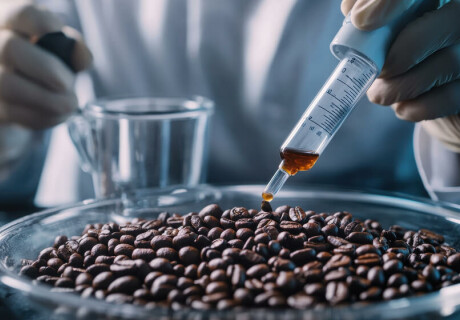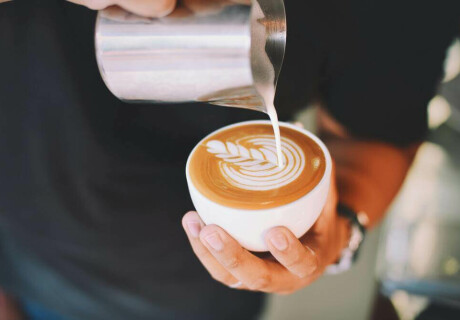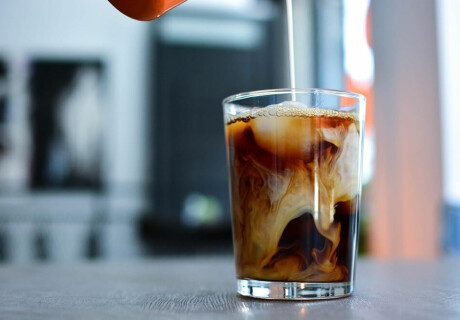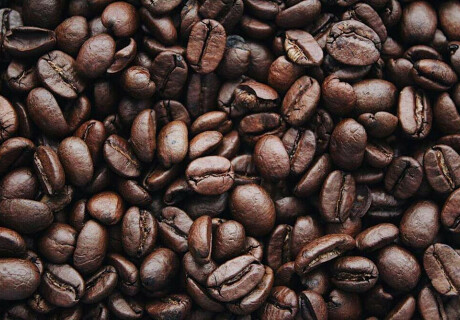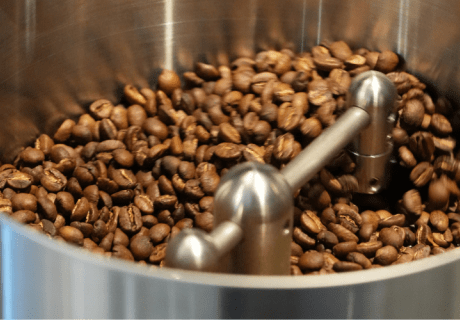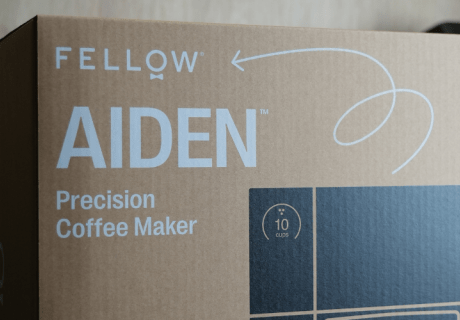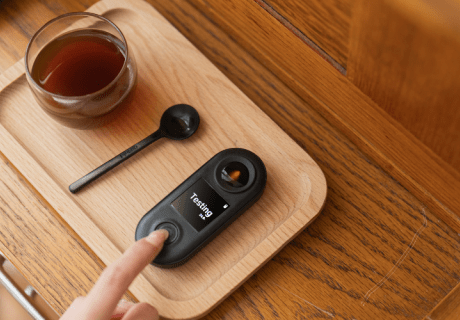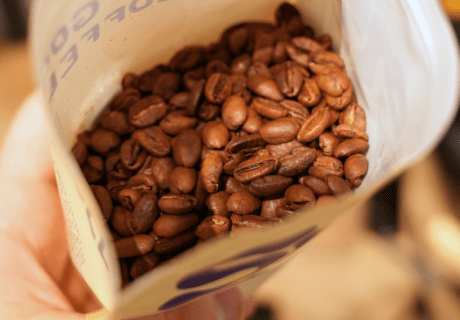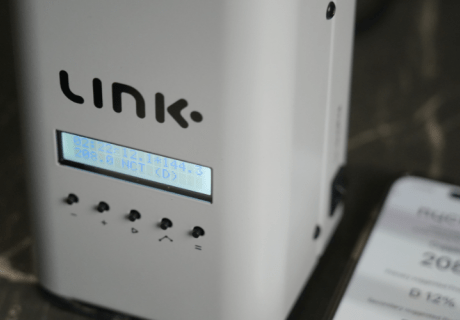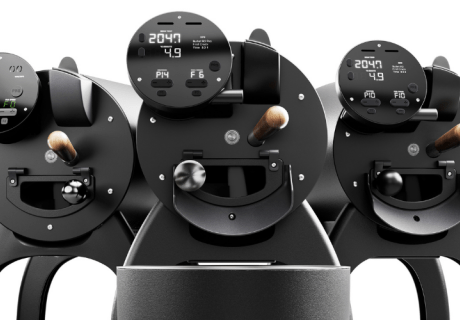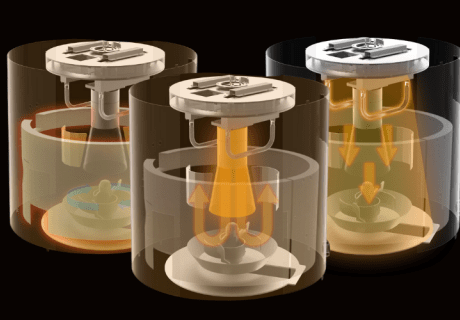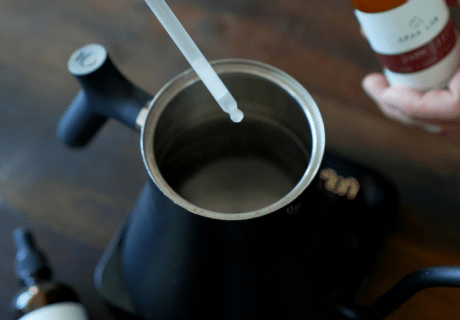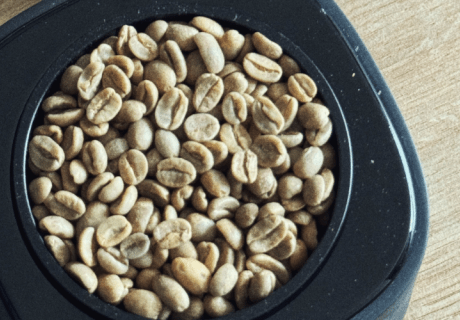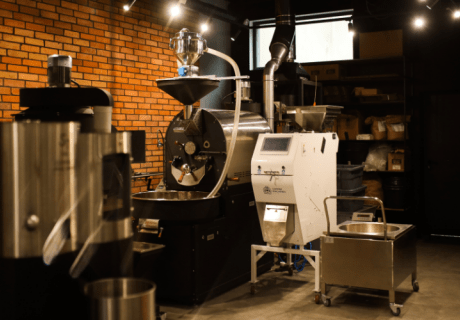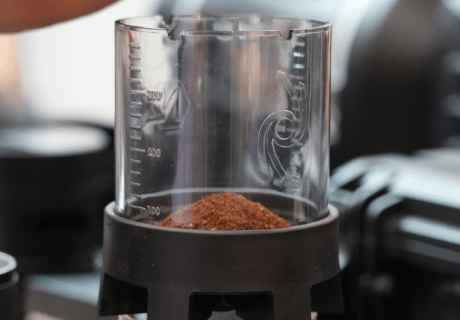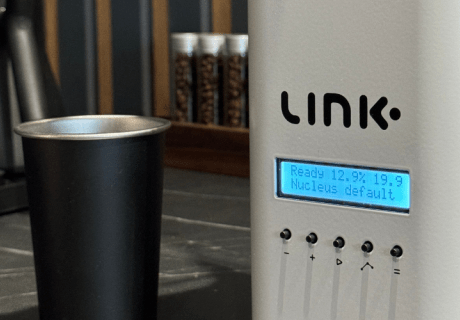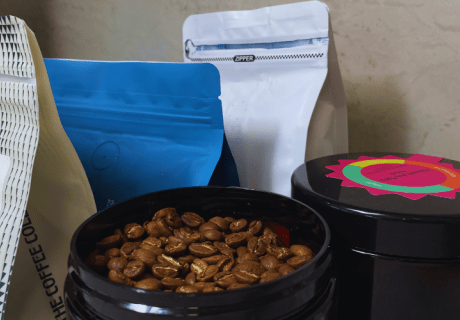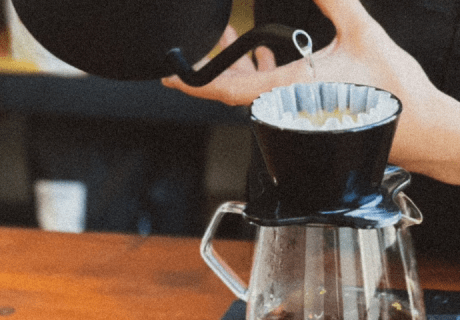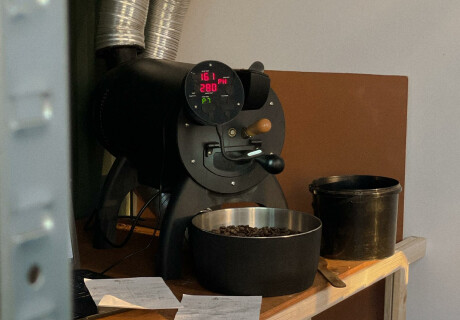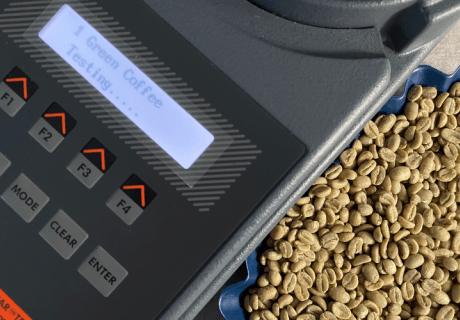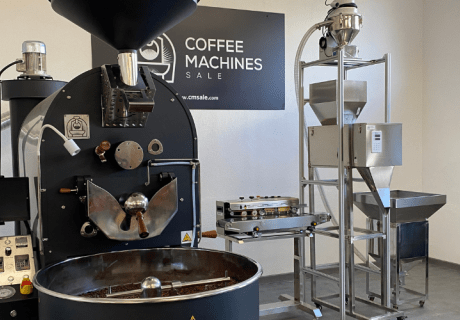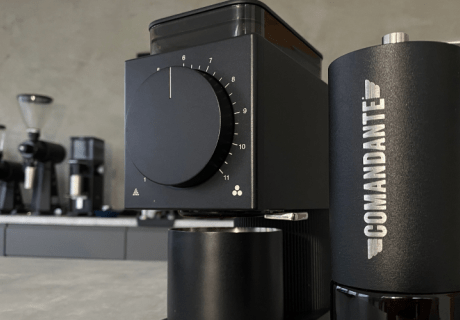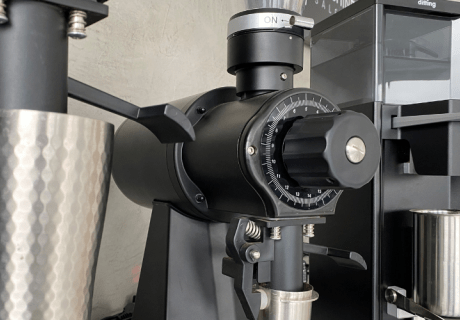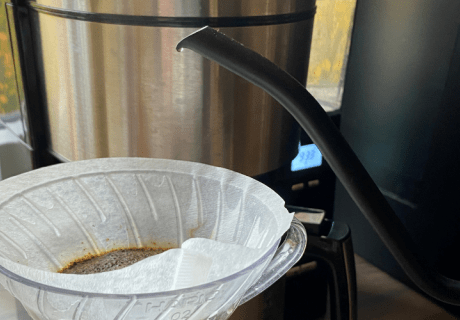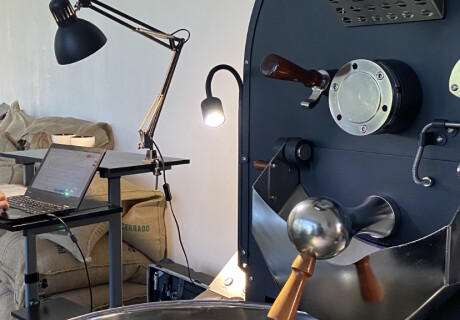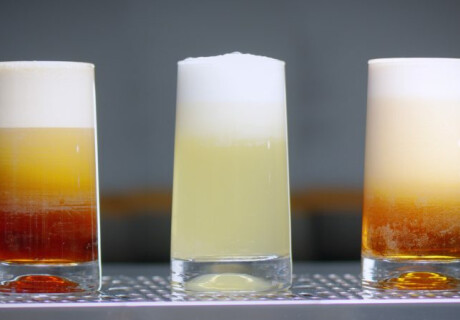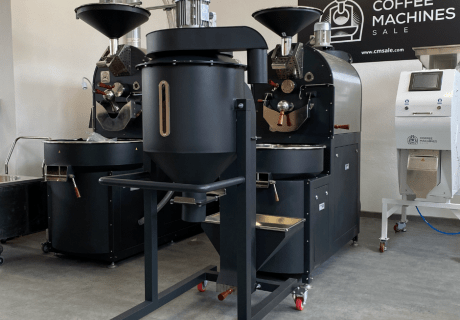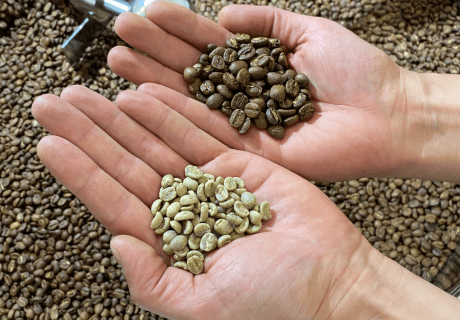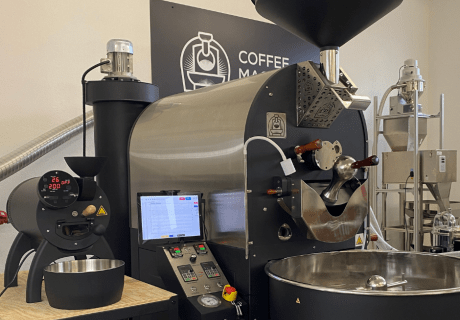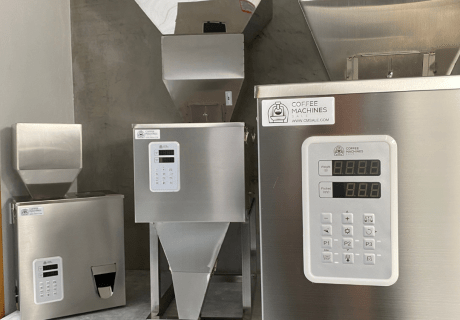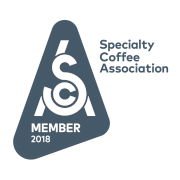Decoding Coffee Brewing Ratios: What You Need to Know
Coffee lovers know that making a great cup isn't just about the beans – it's about getting the brewing process right. Understanding coffee brewing ratios can make a big difference in flavor and strength. Whether you're just starting out or a seasoned pro, mastering this key step will improve your daily cup. Let’s dive into the basics of coffee measurements and explore different brewing methods to help you make the perfect brew.
Understanding Coffee Brewing Ratios
The coffee brewing ratio is the balance of coffee grounds to water and plays an important role in flavor, strength, and quality. A common coffee measurement is the "Golden Ratio"—1 to 2 tablespoons of coffee per 6 ounces of water. This is a starting point; you can adjust it based on taste and bean type to bring out different flavor notes or intensity. However, the Golden Ratio could also be described more accurately in weight, such as 1:15–1:18 in grams (e.g., 60 g/l), as volume measurements like tablespoons or ounces can be imprecise. Coffee brewing ratio directly affects the extraction process. When too little coffee is used, the brew might taste too weak or watery, while too much can result in an overpowering, bitter cup. Mastering the coffee measurement allows you to hit that sweet spot where the flavors are balanced, and every sip is a pleasure. Understanding how different brewing methods, such as espresso, French press, or pour-over, require specific ratios can further improve your coffee-making skills.
The Specialty Coffee Association (SCA) recommends 55–60 grams of coffee per 1 liter of water as a standard for optimal extraction, ensuring a balanced and flavorful brew. Each method extracts flavors differently, and the right ratio is necessary for achieving the desired taste profile. Additional factors such as blooming, pre-infusion, and turbulence also play a role in optimizing extraction — helping water interact more effectively with the coffee grounds, leading to better flavor clarity and balance. But brewing ratio is just one part of the equation — extraction is also shaped by factors like Total Dissolved Solids (TDS) and extraction yield, which measure how much of the coffee’s solubles actually make it into your cup. TDS affects brew strength, while extraction yield reflects how efficiently flavor compounds are drawn from the grounds — both important for diagnosing and refining your brewing technique. By focusing on it, you begin crafting coffee that delights your taste buds, turning each cup into a special experience, not just a routine.
Choosing the Right Coffee Measurement Tools
For those who are serious about their coffee, investing in a reliable scale is a game-changer. Scales offer precision that traditional scoops often cannot, allowing for accurate measurement of both coffee grounds and water. This precision is necessary, as different brewing methods and coffee types may require slight adjustments to the coffee measurement to achieve the desired flavor profile. A digital scale can help ensure that your coffee-to-water ratio is consistent, no matter the brewing method you choose, whether it's a French press or a pour-over. This minimizes guesswork and enables you to replicate that perfect cup time and time again.
While scales provide precision, scoops can also be useful, especially for those who prefer simplicity. Yet, it's important to note that the volume of coffee scooped can vary based on grind size. Fine grinds pack more densely than coarse ones, which can lead to variances in coffee measurement. To mitigate this, consider using a scoop in conjunction with a scale to calibrate your measurements initially. Once you find the scoop-to-scale ratio that works with your preferred brewing methods, you can achieve consistency with ease. Understanding how your tools and grind size interact with your coffee measurement helps you craft a cup that meets your personal taste preferences every time.
Exploring different brewing methods
Exploring different brewing methods offers coffee connoisseurs a way to deepen their understanding of how the coffee brewing ratio influences the final cup. Each method, be it espresso, pour-over, or French press, has unique characteristics that impact the extraction process. Espresso, known for its rich and concentrated flavor, typically uses a much tighter ratio, often around 1:2, meaning one part coffee to two parts water. Espresso doesn’t refer to the volume of water, but rather the yield in the cup (1:2 means, for example, 18g of coffee → 36g of espresso), which distinguishes it from immersion or pour-over methods. This allows for the intense, full-bodied shot that espresso lovers crave. On the other hand, the pour-over method, which highlights clarity and brightness, often starts with a more balanced ratio, such as 1:15 or 1:17.
The French press, known for its ability to produce a strong and full-flavored coffee, usually benefits from a slightly heavier hand with the grounds, employing a ratio like 1:12 or 1:14. This improves the body's richness through a longer steeping time. Other brewing methods, such as AeroPress or cold brew, also require tailored ratios, highlighting the flexibility and creativity involved in coffee brewing. When experimenting with these methods, it's important to adjust the coffee brewing ratio to suit not only the method but also your personal taste preferences. It's important to distinguish between over-dosed espresso and a dense brew from a French press. Both deliver intensity, but they are completely different in terms of sensory experience. By understanding the nuances of each brewing style, you can refine your approach, enriching the flavor profile and strength of your coffee to create an exceptional drinking experience every time.
Adjusting Brewing Ratios for Taste Preferences
Understanding how to tweak the coffee measurement allows you to tailor each cup to meet your specific desires, whether you prefer a light and delicate taste or a bold, full-bodied profile. By experimenting with the amount of coffee grounds in relation to water, you can control the extraction process. A tighter coffee brewing ratio, for instance, using more coffee and less water, can improve the strength and depth of flavors, creating a brew with a robust and intense character. This is perfect for those who enjoy a strong, rich taste. Using a more diluted coffee ratio creates a milder cup, letting the bean's subtle notes shine.
The beauty of adjusting the coffee brewing ratio lies in its flexibility. If you're seeking more texture, increasing the coffee grounds slightly can make the brew creamier, which is particularly delightful in a French press. Reducing the coffee creates a lighter, more refreshing cup, especially with methods like pour-over, which highlight clarity and brightness. Start with a baseline ratio, like the "Golden Ratio" of one to two tablespoons of coffee per six ounces of water, and adjust to suit your taste. Mastering this lets you personalize each cup, turning your daily brew into a tailored experience.
Common Mistakes with Coffee Brewing Ratios
Several common mistakes can hold you back and leave you with a weak or bland cup of coffee. One frequent error is using the wrong grind size, which can significantly impact the extraction process. Too coarse a grind can result in under-extraction, producing a weak, sour cup, while too fine a grind may cause over-extraction, leading to a bitter and overpowering taste. To avoid these pitfalls, it's essential to match your grind size to your chosen brewing method. For instance, a French press requires a coarse grind, while espresso demands a fine grind. Another common mistake lies in miscalculating coffee and water, which disrupts the delicate balance of the coffee brewing ratio.
Using water that is too hot can scorch the coffee grounds, resulting in a burnt taste, while water that's too cold might not extract sufficient flavor, leaving your coffee tasting flat. Aim for a water temperature between 195°F and 205°F (90°C to 96°C) to optimize extraction. Taking time to understand and refine these factors will help you avoid common missteps and improve your coffee brewing skills. By being mindful of the coffee brewing ratio, grind size, and water temperature, you can enjoy a consistently delicious cup of coffee, tailored to your personal taste preferences. Recognizing differences between brewing methods will enrich your coffee experience, making sure that every cup is a carefully made.
Perfecting your Coffee Routine
Perfecting your coffee routine can turn your daily cup from ordinary to special, and getting the brewing ratio and measurements right is necessary for this change. Consistency is essential for making the perfect cup every day. Start by forming a baseline ratio, such as the "Golden Ratio," and adjust according to your taste preferences. Using a digital scale improves accuracy, making sure the coffee grounds and water are measured right for each brew. This reduces inconsistencies and helps maintain the perfect balance of flavors.
Whether you enjoy the clarity of pour-over, the boldness of French press, or the strength of espresso, each method improves with a good grasp of the coffee brewing ratio. By adjusting your coffee measurements to suit each brewing style, you unlock the potential to a cup that delights your senses. As you refine your routine, you’ll find that even slight adjustments in the ratio can lead to significant changes in flavor and body, allowing you to savor coffee that’s perfectly matched to your preferences every time. Embrace the art and science of coffee brewing, and transform your everyday cup into a bespoke experience that enriches your appreciation for this beloved beverage.

